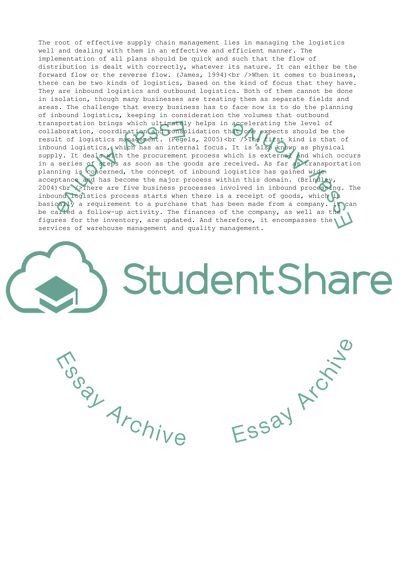Cite this document
(Logistic Management: Explain how inbound logistics, conversion Coursework, n.d.)
Logistic Management: Explain how inbound logistics, conversion Coursework. https://studentshare.org/management/1715093-logistic-management-explain-how-inbound-logistics-conversion-operations-and-outbound-logistics-converge-to-provide-integrated-logistics
Logistic Management: Explain how inbound logistics, conversion Coursework. https://studentshare.org/management/1715093-logistic-management-explain-how-inbound-logistics-conversion-operations-and-outbound-logistics-converge-to-provide-integrated-logistics
(Logistic Management: Explain How Inbound Logistics, Conversion Coursework)
Logistic Management: Explain How Inbound Logistics, Conversion Coursework. https://studentshare.org/management/1715093-logistic-management-explain-how-inbound-logistics-conversion-operations-and-outbound-logistics-converge-to-provide-integrated-logistics.
Logistic Management: Explain How Inbound Logistics, Conversion Coursework. https://studentshare.org/management/1715093-logistic-management-explain-how-inbound-logistics-conversion-operations-and-outbound-logistics-converge-to-provide-integrated-logistics.
“Logistic Management: Explain How Inbound Logistics, Conversion Coursework”. https://studentshare.org/management/1715093-logistic-management-explain-how-inbound-logistics-conversion-operations-and-outbound-logistics-converge-to-provide-integrated-logistics.


